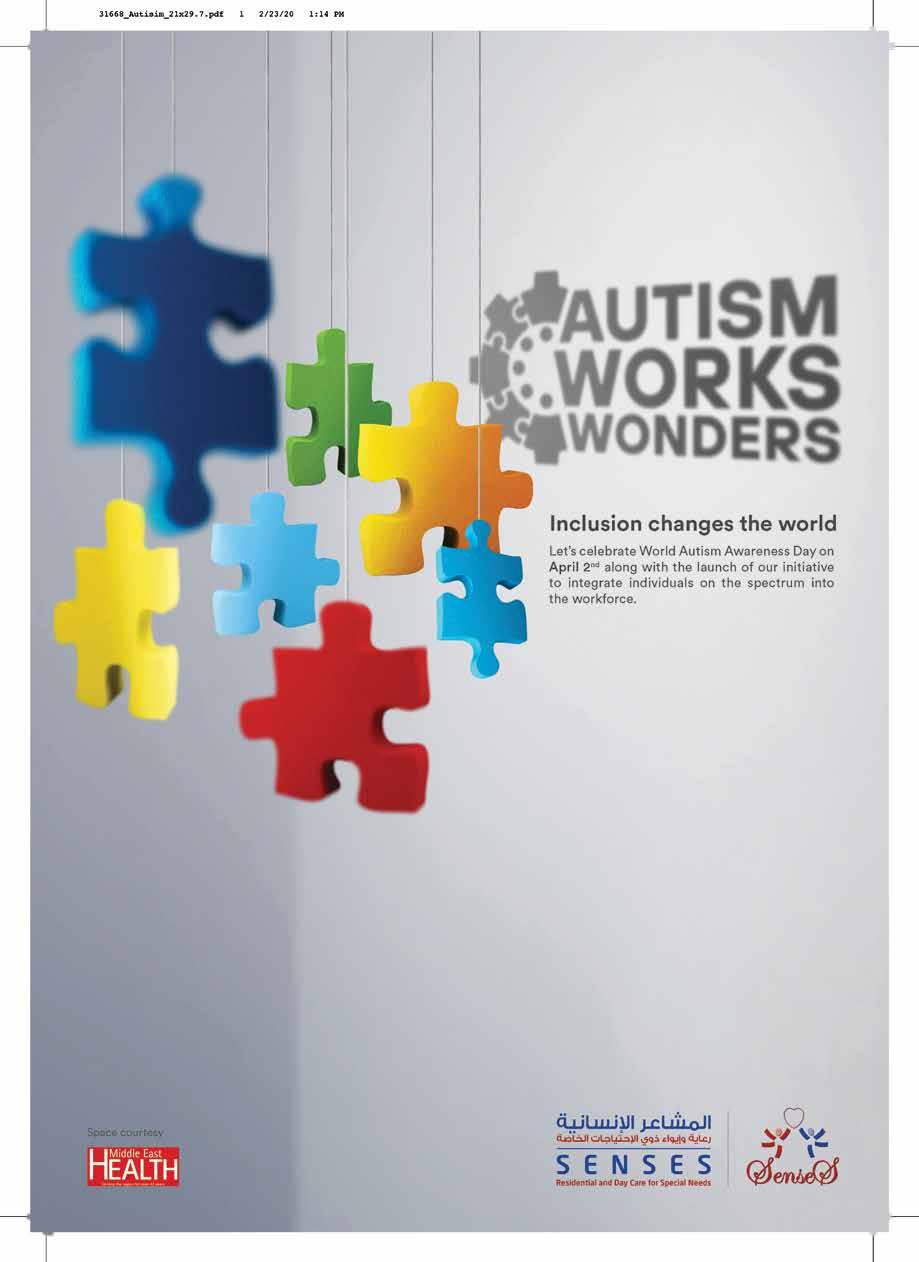
3 minute read
affect brain in an amazingly similar way as consciousness fades New device decreases accidental cerebrospinal fluid leaks during epidural anaesthesia
Anaesthesia
of subjective experiences), as most participants reported internally generated experiences, such as dreams, in the interviews. This is not an entirely new finding as dreams are commonly reported by patients after general anaesthesia.
“However, because of the minimal delay between the awakenings and the interviews, the current results add significantly to our understanding of the nature of the anaesthetic state. Against a common belief, full loss of consciousness is not needed for successful general anaesthesia, as it is sufficient to just disconnect the patient’s experiences from what is going on in the operating room,” explains Annalotta Scheinin.
The new study sheds light on the fundamental nature of human consciousness and brings new information on brain functions in intermediate states between wakefulness and complete unconsciousness. These findings may also challenge our current understanding of the essence of general anaesthesia.
The experiments were carried out at Turku PET Centre as a joint effort of the research groups of Harry Scheinin studying anaesthesia mechanisms, and Professor of Psychology Antti Revonsuo studying human consciousness and the brain from the point of view of philosophy and psychology, in collaboration with Professor Michael Alkire from the University of California, Irvine, USA. Turku PET Centre is a Finnish National Research Institute established by University of Turku, Åbo Akademi University and Turku University Hospital. The study was funded by the Academy of Finland and the Jane and Aatos Erkko Foundation.
References:
[1] Foundations of human consciousness: Imaging the twilight zone. The Journal of Neuroscience. 28 December 2020 doi: https://doi.org/10.1523/JNEUROSCI.0775-20.2020
[2] Differentiating Drug-related and Staterelated Effects of Dexmedetomidine and Propofol on the Electroencephalogram. Anesthesiology. July 2018, Vol. 129, 22–36. doi: https://doi.org/10.1097/ ALN.0000000000002192
New device decreases accidental cerebrospinal fluid leaks during epidural anaesthesia
Epidural anaesthesia is a technique that requires great accuracy to avoid accidentally puncturing the dura matter, one of the three meninx that protect the central nervous system. The cerebrospinal fluid, which feeds the nervous system, is located under the dura mater. Leaks of this fluid can cause strong headaches that can be crippling and delay recovery following an intervention with this anaesthetic technique. They are especially severe in women who suffer this complication after receiving an epidural while giving birth.
Researcher Carlos García Victoria has patented a device that decreases the leak of cerebrospinal fluid if it accidentally punctures the dura mater. Its successful validation in an ovine model, a necessary prior step for its application on humans, has been performed at the Veterinary Clinical Hospital by lecturers from the Department of Medicine and Animal Surgery of the Faculty of Veterinary Medicine and the Clinical Veterinary Hospital of the CEU Cardenal Herrera University (CEU UCH). José Ignacio Redondo, Mireia García Roselló, Álvaro Gutiérrez and Vicente Esteve.
Researchers from several centres and universities took part in the design and creation of this innovative design.
The device can be applied immediately after detecting an accidental puncture of the dura mater, sealing the cerebrospinal fluid leakage in a simple way. This would avoid the cause of the subsequent headaches, which can last several days or even weeks, extending hospital stays and recovery following the intervention.
Prior step for its use in humans
The results of its efficacy on an animal model have just been published in Regional Anesthesia and Pain Medicine. According to anaesthesiology lecturer from the Faculty of Veterinary Medicine of the CEU UCH, José Ignacio Redondo: “The design of this animal model has made it possible to successfully validate the efficiency of the device. This is the first necessary step for its use to be authorised on humans.”
Reference:
Validation of a bioabsorbable device that seals perforations after Tuohy needle dural puncture in an ovine model. Regional Anesthesia and Pain Medicine. doi: 10.1136/rapm-2020-102225











